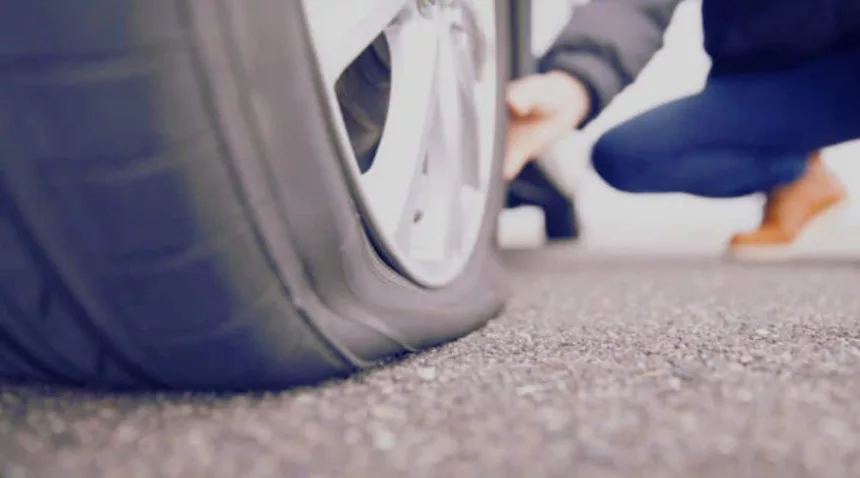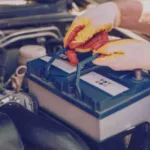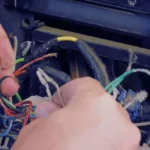A flat tire can be a frustrating and inconvenient experience, but it’s one that you can usually handle yourself with a little know-how and the right tools. In this article on IchieTech, we will provide you with a comprehensive guide on how to fix a flat tire, from identifying the problem to making the repair.
Gather your supplies
Before you begin, you will need to gather the following supplies:
- A tire repair kit, which typically includes a plug, a reamer, a tire plug insertion tool, and rubber cement
- A jack
- A lug wrench
- A spare tire
- A tire pressure gauge
Step-By-Step Guide on How to Fix a Flat Tire
Step 1: Identify the Puncture
The first step is to identify the puncture in your tire. This can be done by visually inspecting the tire for any holes or tears. You can also use a soapy water solution to spray the tire and look for bubbles, which will indicate the location of the puncture.
Step 2: Remove the flat tire
Once you have identified the puncture, you will need to remove the flat tire from your car. To do this, follow these steps:
- Loosen the lug nuts using the lug wrench. Do not remove the lug nuts completely at this time.
- Jack up the car using the jack. Make sure the jack is placed on a solid, level surface.
- Remove the lug nuts completely and take off the flat tire.
Step 3: Evaluate the puncture
Once you have removed the flat tire, you need to evaluate the puncture to determine if it can be repaired with a plug. If the puncture is larger than the diameter of the plug, or if it is located in the sidewall of the tire, it cannot be repaired with a plug and you will need to replace the tire.
Step 4: Plug the puncture
If the puncture can be repaired with a plug, follow these steps:
- Insert the reamer into the puncture and ream the hole to make it smooth and clean.
- Apply rubber cement to the plug and the area around the puncture.
- Insert the plug into the puncture using the tire plug insertion tool.
- Trim the excess plug material.
Step 5: Reinstall the tire
Once you have plugged the puncture, you can reinstall the tire. To do this, follow these steps:
- Align the tire holes with the wheel studs.
- Carefully lower the car onto the tire.
- Hand-tighten the lug nuts.
- Lower the car completely and remove the jack.
- Tighten the lug nuts using the lug wrench.
Step 6: Inflate the tire
Use a tire pressure gauge to check the air pressure in the tire. Inflate the tire to the recommended pressure, which is typically listed on a sticker on the inside of the driver’s door jamb.
Step 7: Drive to a tire repair shop
Although a plug can temporarily repair a flat tire, it is not a permanent solution. You should drive to a tire repair shop as soon as possible to have the tire patched.
Tips
- If you are not comfortable fixing a flat tire yourself, you can call a tow truck or a roadside assistance service.
- If you have a spare tire, be sure to check the tire pressure before you install it.
- If you are driving on a spare tire, it is important to drive slowly and carefully.
Conclusion
In conclusion, fixing a flat tire is a simple process that can be done quickly and easily with the right tools and a little bit of know-how. By following these steps, you can get back on the road in no time and avoid the hassle of waiting for a tow truck or paying for an expensive repair. So the next time you find yourself with a flat tire, don’t panic. Just follow these steps and you’ll be back on the road in no time.










